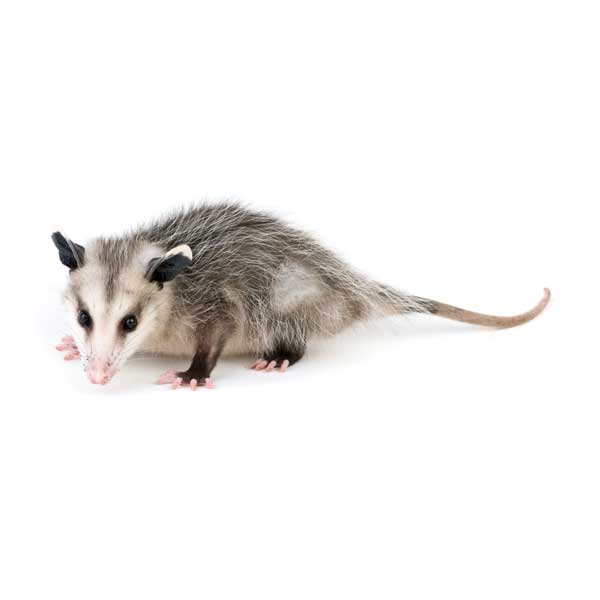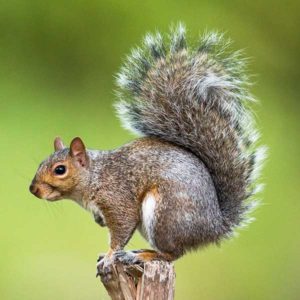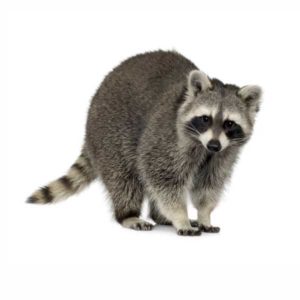Opossums in Central and Eastern Virginia
There are at least 103 species of opossum, but the Virginia opossum is the single species found in the United States. About the size of a large house cat, opossums are considered beneficial mammals because they eat a variety of insects and snakes, causing many property owners to consider them beneficial. Opossums are nomadic, seldom staying long in any one place, and utilizing abandoned burrows or crawl spaces. They may sometimes become a nuisance to homeowners when foraging for food and shelter.
Opossum Habitat
Possums do not dig dens or burrows underground, however, they will live in those that have been abandoned. They will wait for another animal to abandon their home before moving in, and actually prefer to live in trees for the protection they provide. They may enter attics, walls, and crawl spaces of homes if they have access. The presence of an unusual and foul odor in your home may point to there being a possum living in your walls
Opossum Threats or Dangers
Opossums pose no major threat to humans or pets. Their teeth are not meant for attacking or even preying on animals; their teeth are good for chewing and holding. They do not attack humans and instead will play “dead” when danger is perceived. Opossums don’t dig holes, destroy gardens, bite, sting, or stay in one place for very long. However, opossums can carry various parasites and diseases. They are not the cleanest of animals and carry a strong odor if they access attics and crawl spaces in homes. If opossums are an issue, it’s best to have them removed humanely by professionals, to avoid damage and dangerous diseases.



